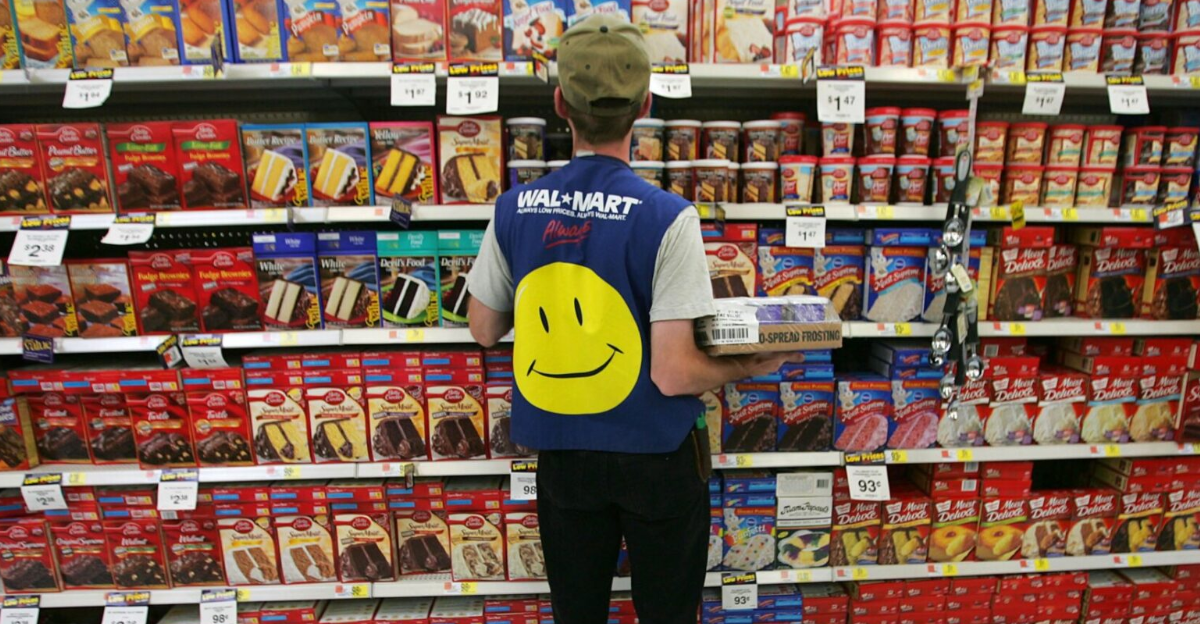
Walmart, the world’s largest retailer, announced on Oct. 1, 2025, that it will purge all synthetic food dyes from its private-label products by January 2027. This affects Walmart U.S. brands like Great Value and Marketside.
The reformulation will span the retailer’s roughly 4,600 U.S. stores, touching millions of American households. It marks a major pivot in how everyday foods are produced and marketed.
Consumer Demand Meets Grocery Reform
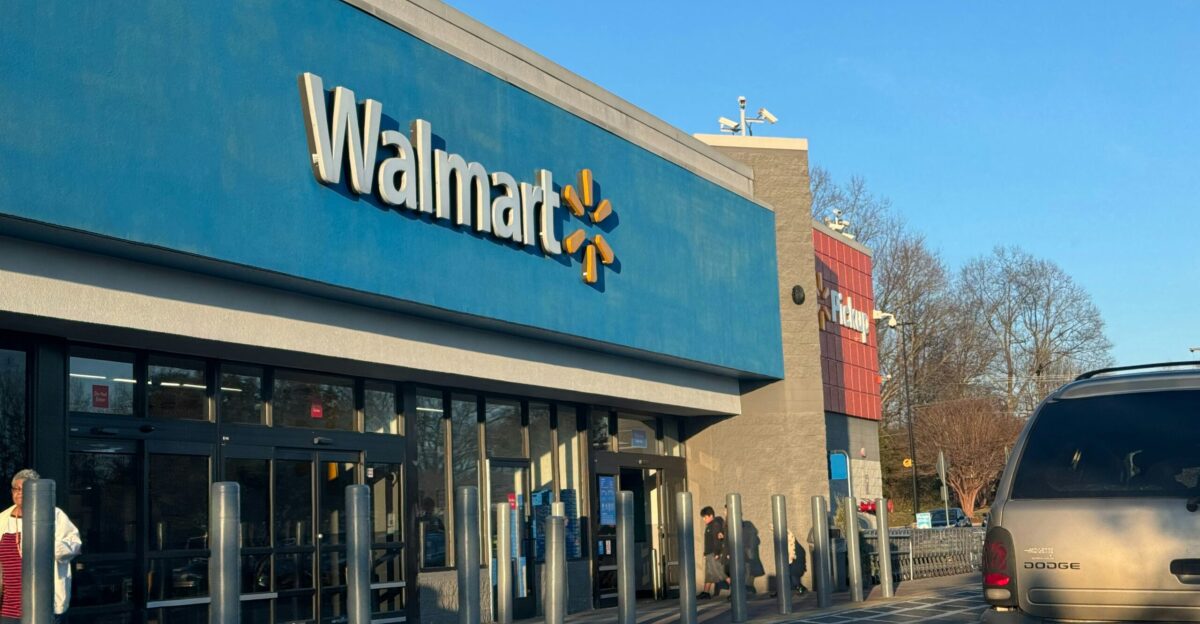
Walmart’s decision responds to strong consumer demand for cleaner ingredients. A 2025 company survey found that 62% of customers want more label transparency, and 54% routinely check ingredients.
The retailer – serving over 250 million shoppers weekly – says this feedback drove the change. With “clean label” foods trending, Walmart’s move could reshape the entire U.S. grocery market by making transparency a competitive necessity.
Dyes Under Scrutiny
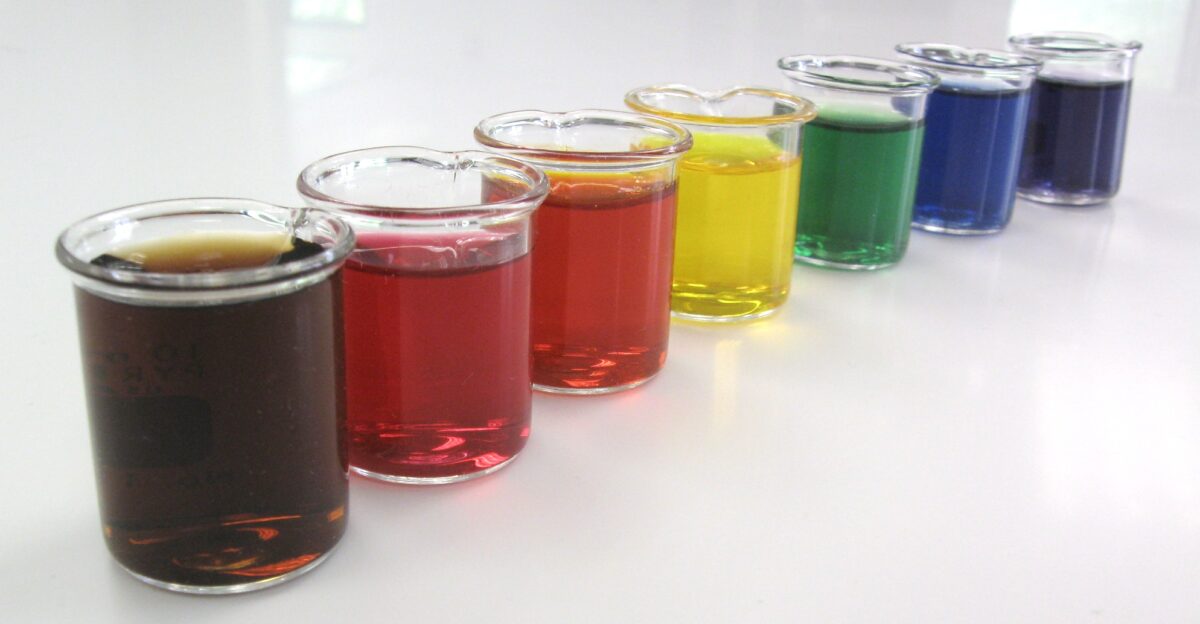
Artificial colors like Red 40 and Yellow 5 have been used in processed foods for decades under FDA approval, but concerns have grown. Health advocates note links to behavioral and health issues, especially in children.
“Many of the items on Walmart’s list have raised concerns about potential health effects for a long time,” says Thomas Galligan of the advocacy group CSPI. Major food makers – Kraft Heinz, General Mills, Nestlé, and others – have already pledged to drop synthetic colors.
Regulatory and Public Pressure
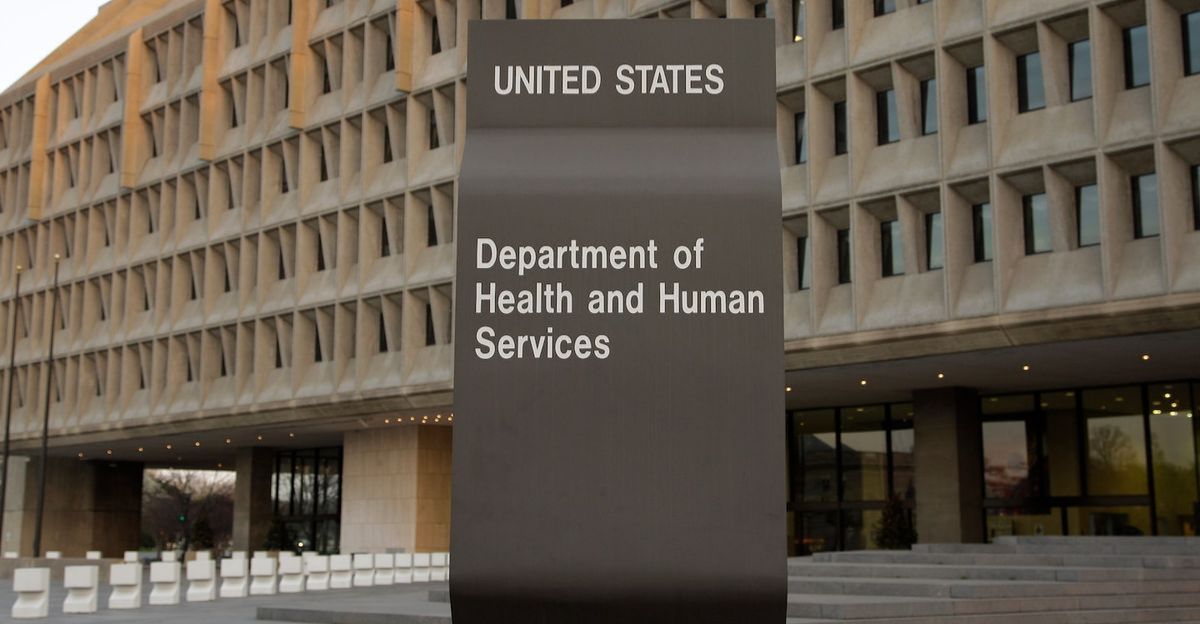
The timing follows a push from regulators. In March 2025, the U.S. Department of Health and Human Services urged food companies to phase out seven synthetic dyes by the end of 2026.
That call reflects growing alarm about ultra-processed foods. Combined with vocal parent groups and consumer advocates, this pressure convinced retailers that action was urgent, creating a climate where Walmart felt it had to respond on its timeline.
Walmart’s October 2025 Announcement
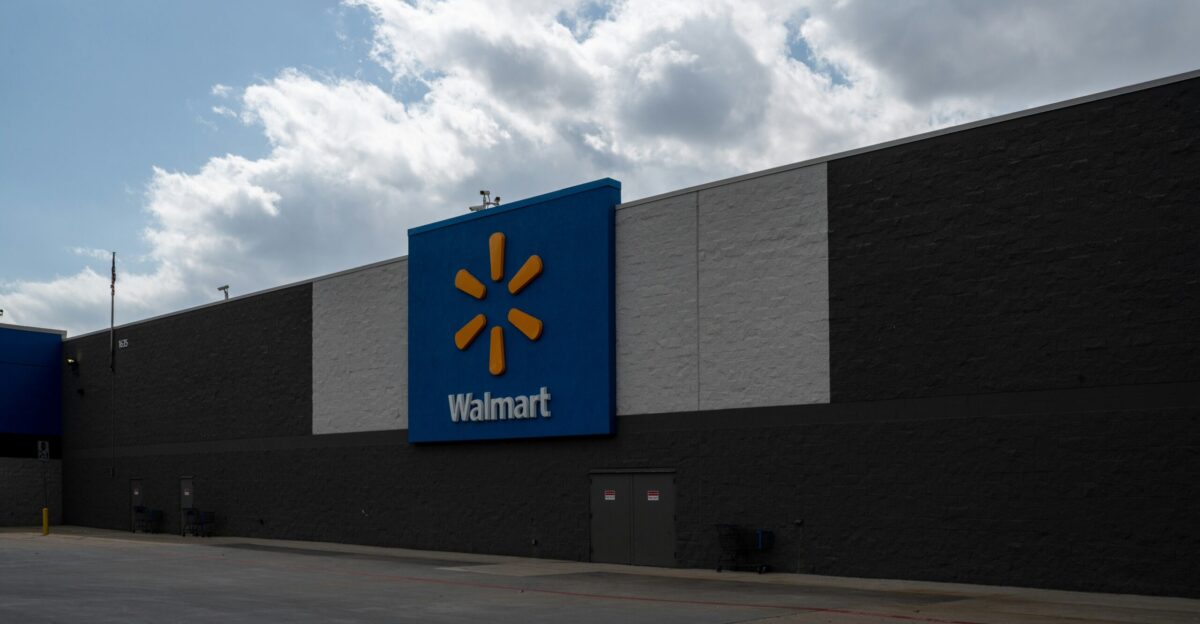
On Oct. 1, 2025, Walmart U.S. disclosed its reformulation plan: remove 11 synthetic dyes (e.g., FD&C Red 40, Yellow 5, Blue 1) and 30 other additives from all private-label foods by Jan. 2027.
The overhaul covers brands like Great Value, Marketside, Freshness Guarantee, and bettergoods. Walmart notes that Great Value products reach roughly 9 of 10 American households, meaning this change will affect nearly every family’s pantry.
Nationwide Reformulation
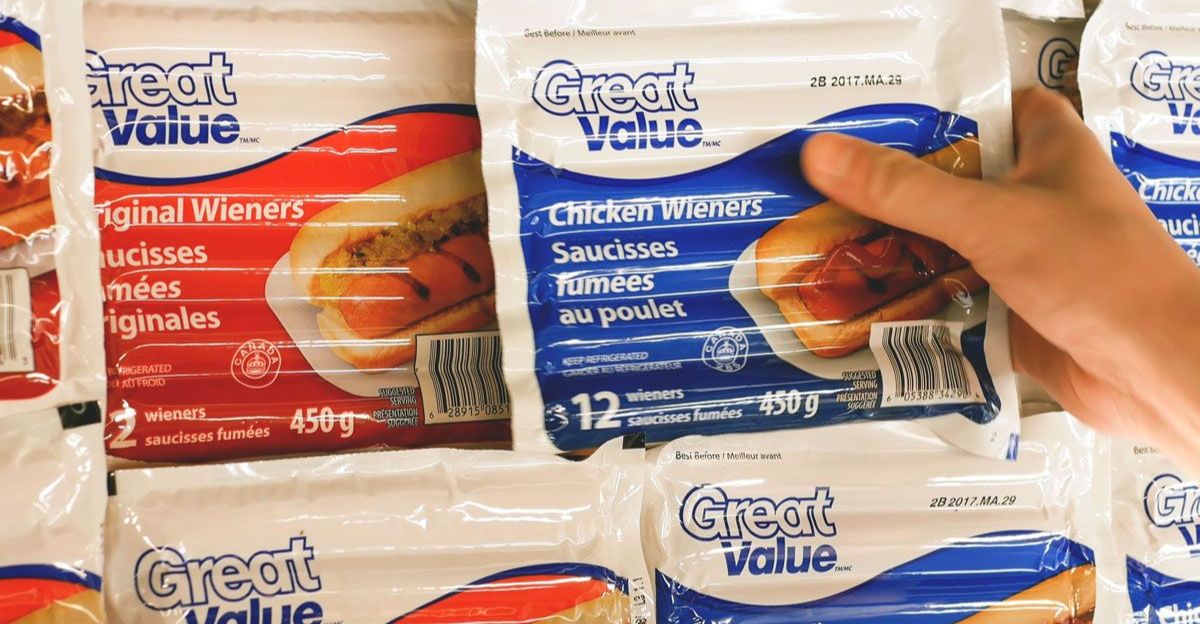
Walmart’s house brands are ubiquitous. Its Great Value line alone is sold in about 90% of U.S. homes. As a result, the dye-free versions will appear coast-to-coast in all ~4,600 Walmart stores nationwide.
From New York City and Los Angeles to small rural towns, customers will gradually see reformulated snacks, drinks, baked goods, and more on shelves as the rollout progresses, ensuring the policy’s broad geographic impact.
Consumer Response
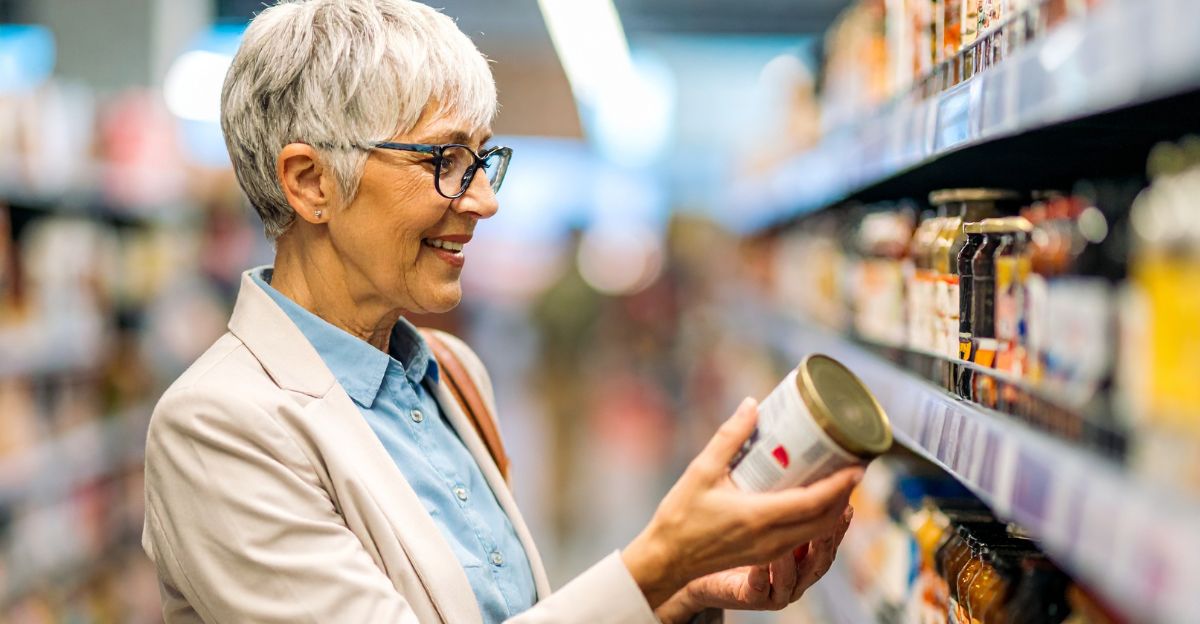
For families, the change is widely seen as positive. Many shoppers say they’ll feel more confident about foods made without artificial colors. “Our customers have told us that they want products made with simpler, more familiar ingredients — and we’ve listened,” Walmart U.S. CEO John Furner said.
Health-conscious parents, especially those with kids sensitive to dyes, say the new labels give them added peace of mind at the checkout.
Competitive Wave
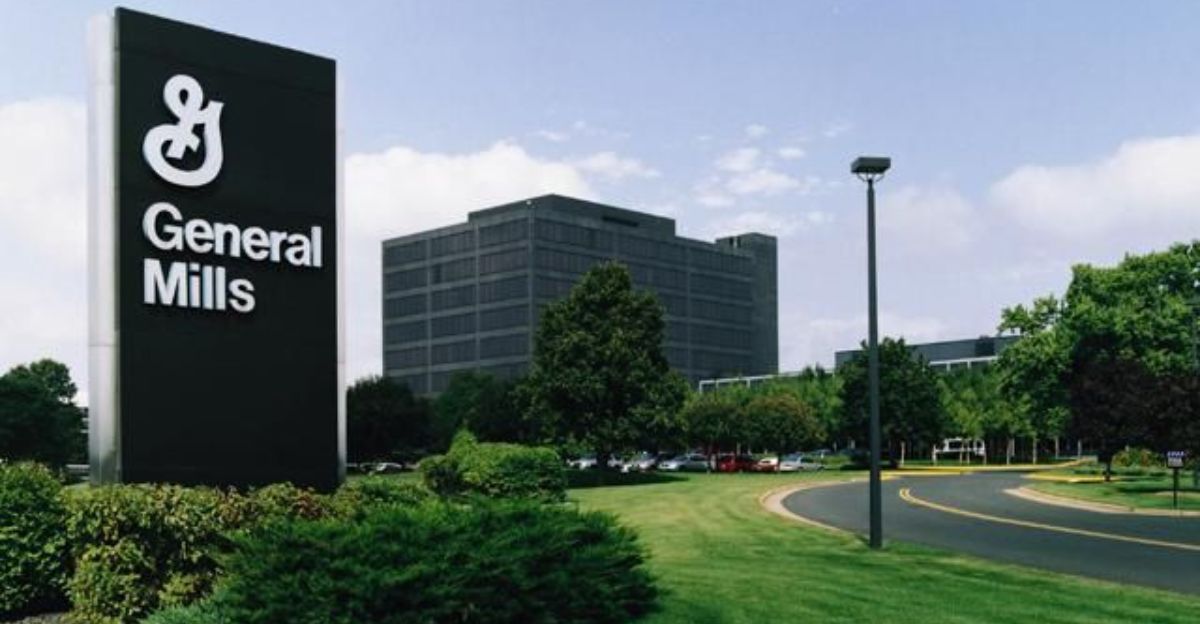
Walmart isn’t acting alone. In recent months, major food companies have announced similar plans. Kraft Heinz, General Mills, Nestlé, Conagra, and others vowed to eliminate petroleum-based dyes from key products.
These commitments coincide with the Trump-era “Make America Healthy Again” campaign. Health Secretary Robert F. Kennedy Jr., leading that effort, has warned that ultra-processed additives caused a “national crisis of childhood obesity, diabetes, cancer…”. That political push has accelerated the industry shift.
Clean-Label Trend
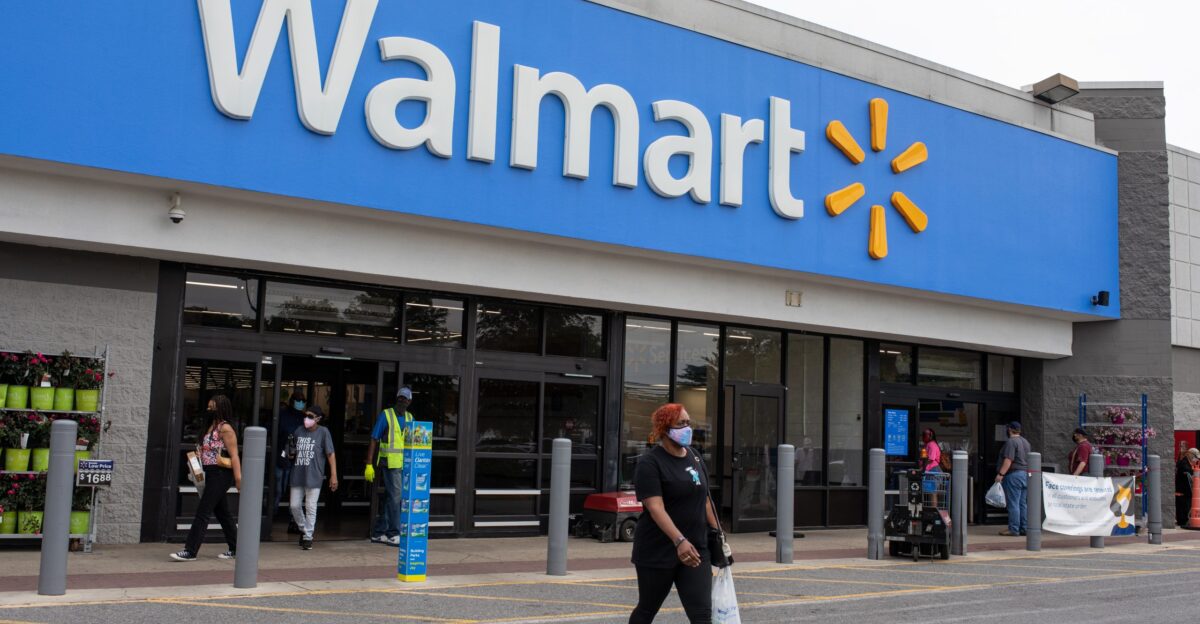
Analysts see Walmart’s move as part of a wider “clean label” craze. As Consumer Reports’ Brian Ronholm notes, “As the leading grocer in the U.S., this will have a significant impact on the market and the safety of the food…”.
Shoppers are increasingly choosing foods without artificial ingredients. Walmart itself noted that already about 90% of its private-brand foods were free of synthetic dyes. The new policy cements that trend, signaling big retailers now view clean labels as the norm.
School Lunches Go Dye-Free

Walmart is extending the reformulation to schools. The retailer says it will work with distributors to stop supplying any products with FD&C colors to K–12 cafeterias by the 2026–27 school year.
In practice, that means millions of children could see naturally colored fruit snacks, beverages, and snacks in lunch lines. Advocates view the school policy as a crucial step in cutting kids’ exposure to controversial additives.
Supply-Chain Challenges
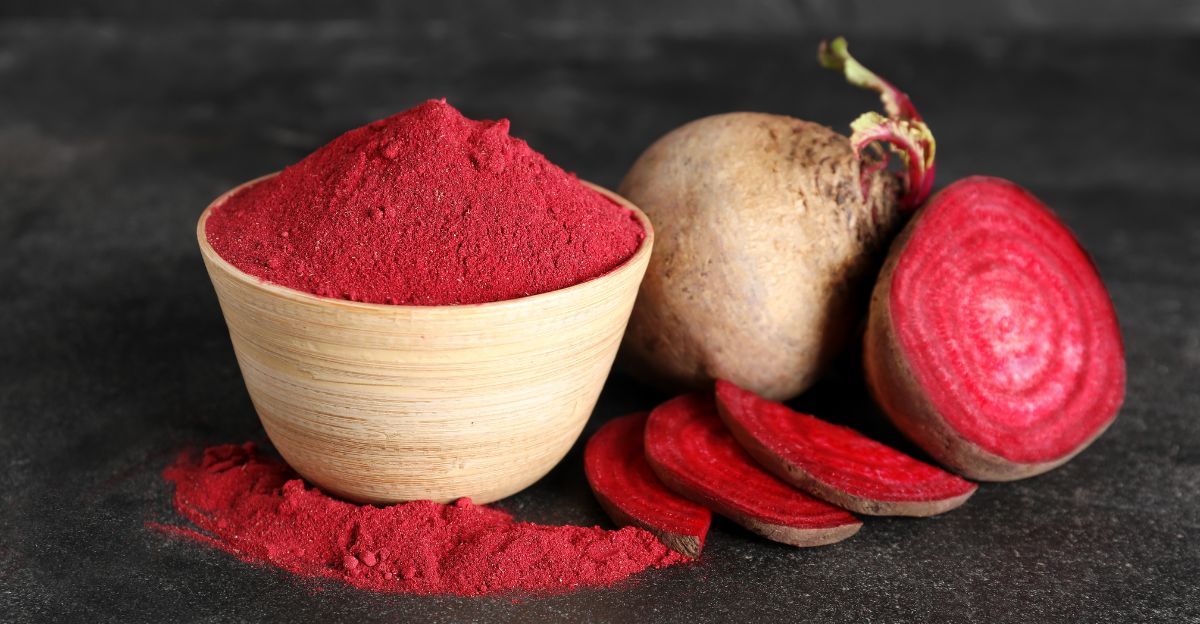
Behind the scenes, Walmart’s product developers and suppliers are scrambling. Removing dyes without changing taste, texture, or color intensity is technically difficult. The company reports it’s collaborating closely with dozens of private-brand suppliers to adjust recipes and find natural alternatives, all while “preserving the same great taste customers have come to expect”.
R&D teams are testing plant-based colorants (beet juice, turmeric, spirulina, etc.) and reformulating sauces, cereals, drinks, and more now to meet the 2027 deadline.
Executive Endorsement
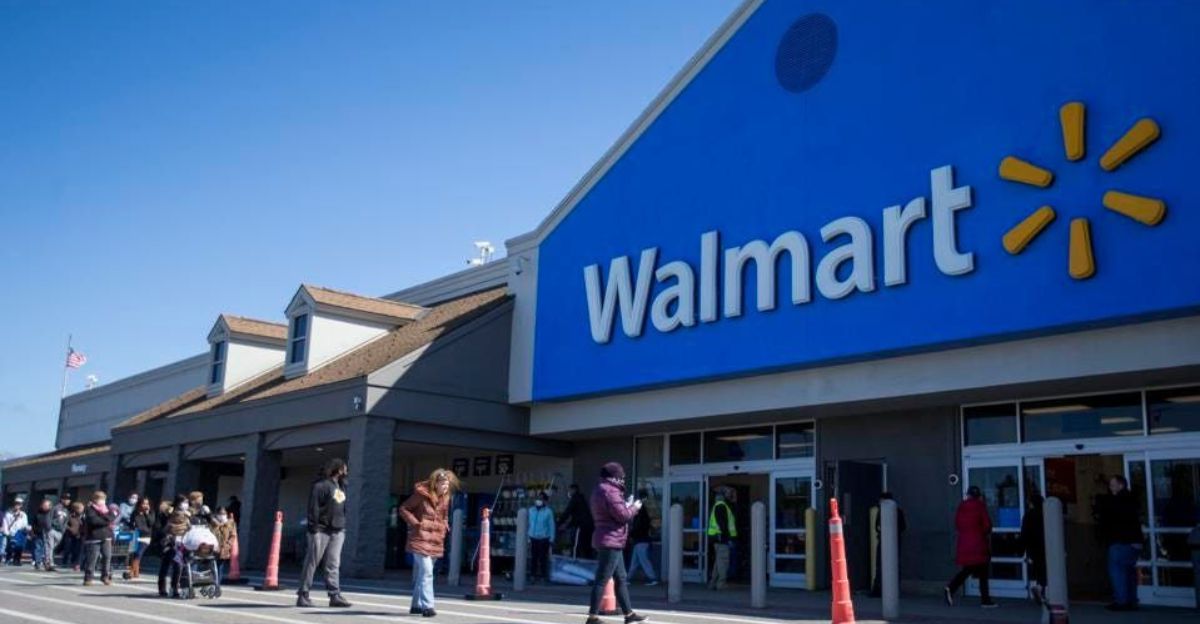
Walmart’s leadership has publicly championed the change. The company cast the ban as fulfilling its mission to meet customer needs. In the Oct. 1 announcement, Walmart said the dye elimination is “in line with evolving customer preferences and in support of a more transparent food system”.
CEO Furner framed it as delivering on Walmart’s promise of affordable, wholesome food. The move signals a strategic shift: selling value now includes cleaner ingredients.
Maintaining Trust

Walmart knows consumers will judge the reformulated products by taste and price. The company has pledged that the new recipes will maintain quality. In its FAQs, Walmart assures customers they will still get “the same great taste and value they expect — made with high-quality ingredients”.
By emphasizing continuity, Walmart aims to keep shoppers loyal through the transition, reinforcing that its affordable store brands can adapt without sacrificing flavor or cost.
Expert Perspectives

Nutrition and food-safety experts have mixed reactions. Some note that most FDA-approved dyes lack definitive evidence of harm, so the health benefit is debated. Others praise the move as bold. Consumer advocate Thomas Galligan cautions: “It is very easy for Walmart to make bold promises… but until we see reformulated products on store shelves, this is all just talk”.
The dialogue underscores that while voluntary reforms are lauded, only time will tell if Walmart’s plans have a lasting impact.
Next Steps
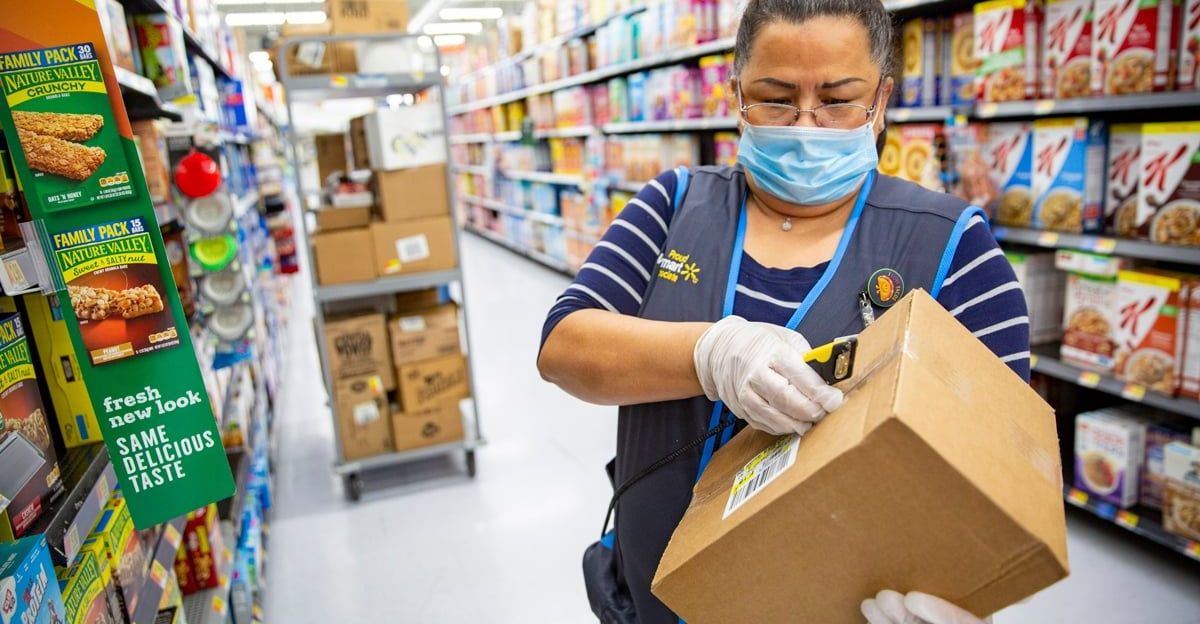
Walmart says the reformulation will roll out in phases over 2026, finishing by January 2027. Products will be updated category by category, with new labels appearing in the coming months.
Industry watchers will be looking to see if competitors (grocery chains and other brands) follow Walmart’s lead once the changes take effect. If Walmart succeeds without losing customers, it could set a precedent that accelerates similar moves across the industry.
Policy Backdrop
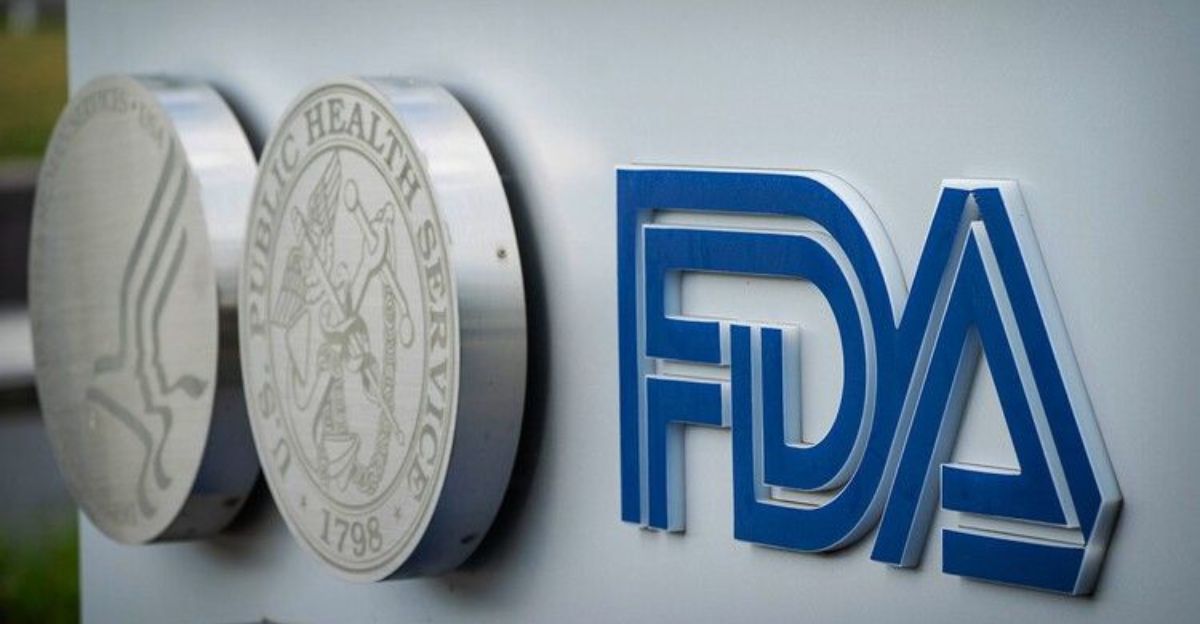
Walmart’s plan dovetails with stronger federal oversight of food additives. In April 2025, HHS formally urged the food industry to eliminate the remaining synthetic colors, with the FDA promising to coordinate the phase-out.
Meanwhile, lawmakers and regulators are examining whether new laws or guidelines are needed on food safety and transparency. Walmart’s announcement may give policymakers momentum to codify stricter additive rules nationwide.
Global Influence
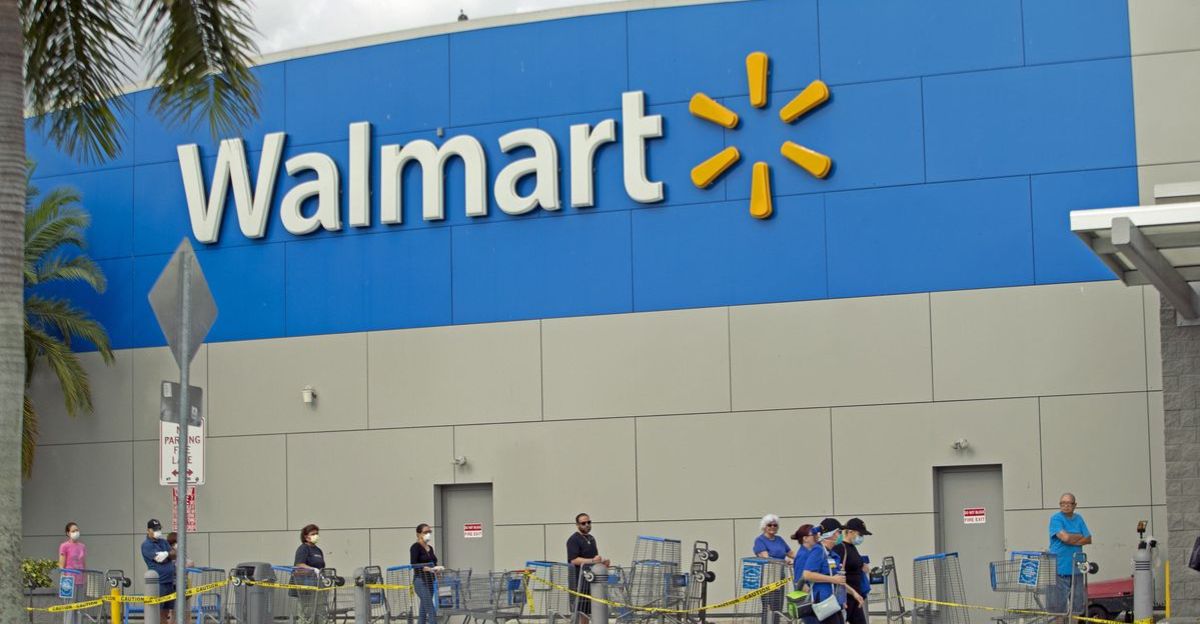
Although this ban covers only U.S. brands, Walmart’s global footprint means its influence could reach abroad. The company operates over 10,750 stores in 19 countries.
Health-conscious trends are spreading worldwide, and international divisions of Walmart and its suppliers may adopt similar “clean” standards. Already, global foodmakers report rising demand for additive-free products, so Walmart’s U.S. decision could spill over into markets from Latin America to Asia.
Environmental Impact
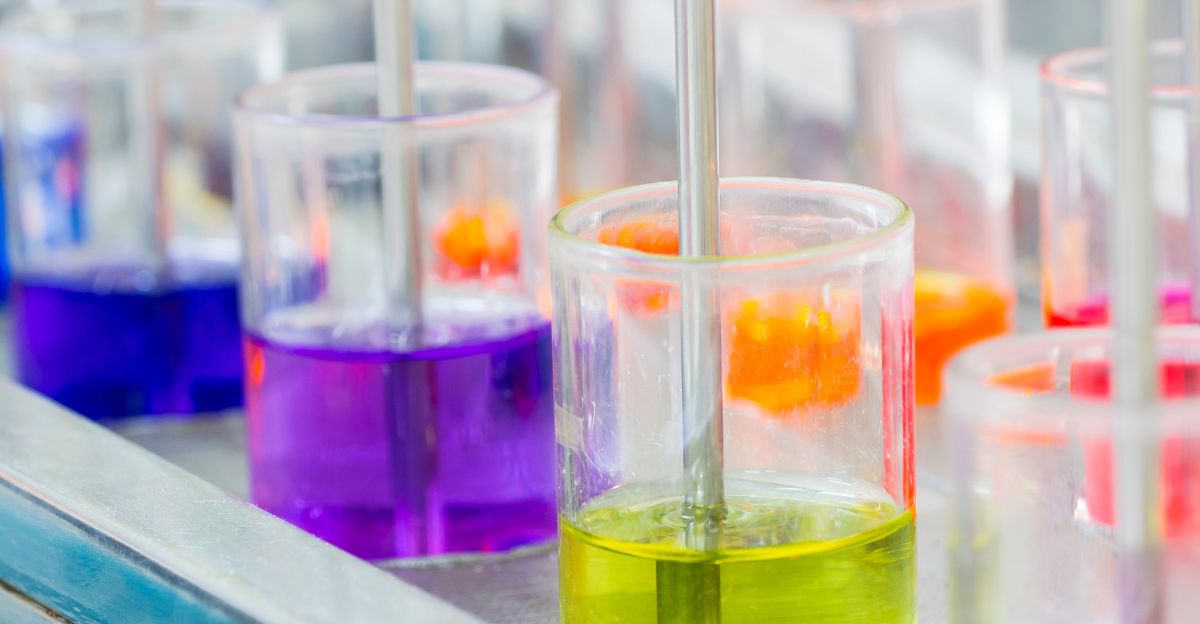
Replacing synthetic dyes may yield environmental benefits too. Synthetic dye production typically uses massive amounts of water and often dumps toxic waste into rivers.
By switching to natural colorants (like beet, turmeric, or annatto), Walmart could reduce its pollution footprint. Experts say this change complements broader sustainability efforts since cleaner ingredient sourcing can cut chemical runoff and reduce resource use in food manufacturing.
Cultural Diet Shift
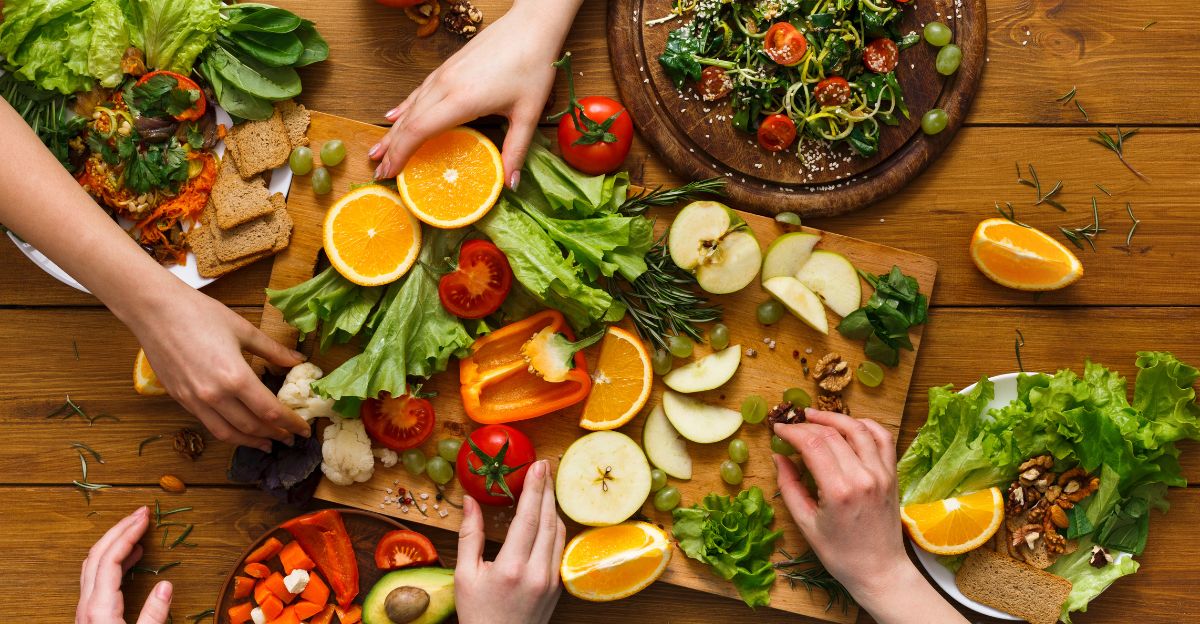
Walmart’s move reflects a broader cultural shift toward health and wellness in eating. Consumers are now actively avoiding genetically modified and ultra-processed foods, including artificial colors and flavors.
Research shows that younger buyers prioritize “clean” labels, especially. As Circana analyst Kirstin Hornberger observes, “‘Clean’ is another trend… that really transcends wellness, generations and categories”. Walmart’s reformulation is thus both a response to this trend and a driver that reinforces it.
Long-Term Consequences
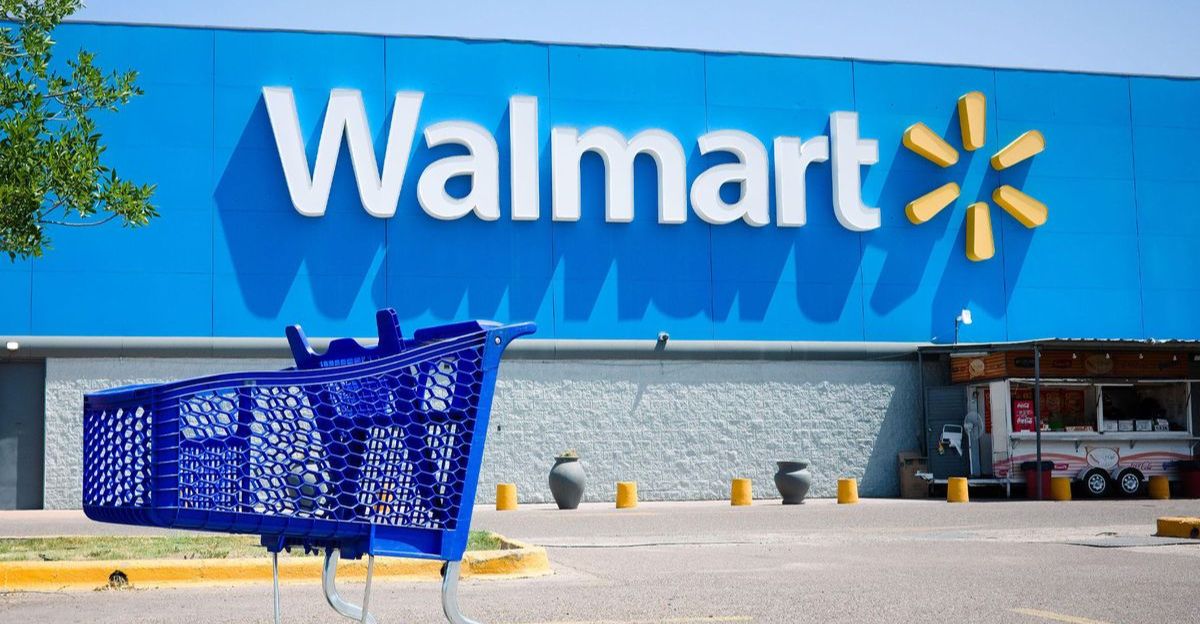
More than a label change, Walmart’s ban on synthetic dyes sets a new bar for the food industry. As “the nation’s grocer,” Walmart has an outsized influence. It’s effectively telling millions of Americans that artificial colors are off-limits for healthy, family meals.
Over time, this could redefine what ingredients are considered acceptable. Policymakers, competitors, and consumers will watch closely, but one message is clear: American food culture is moving toward simpler, more natural ingredients, and Walmart’s action amplifies that movement.